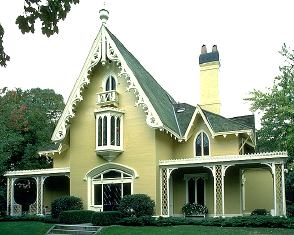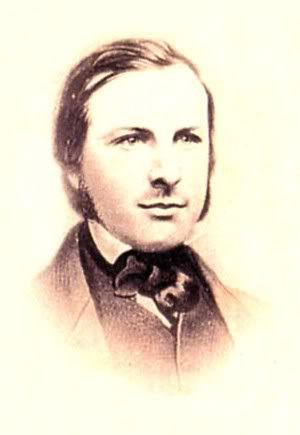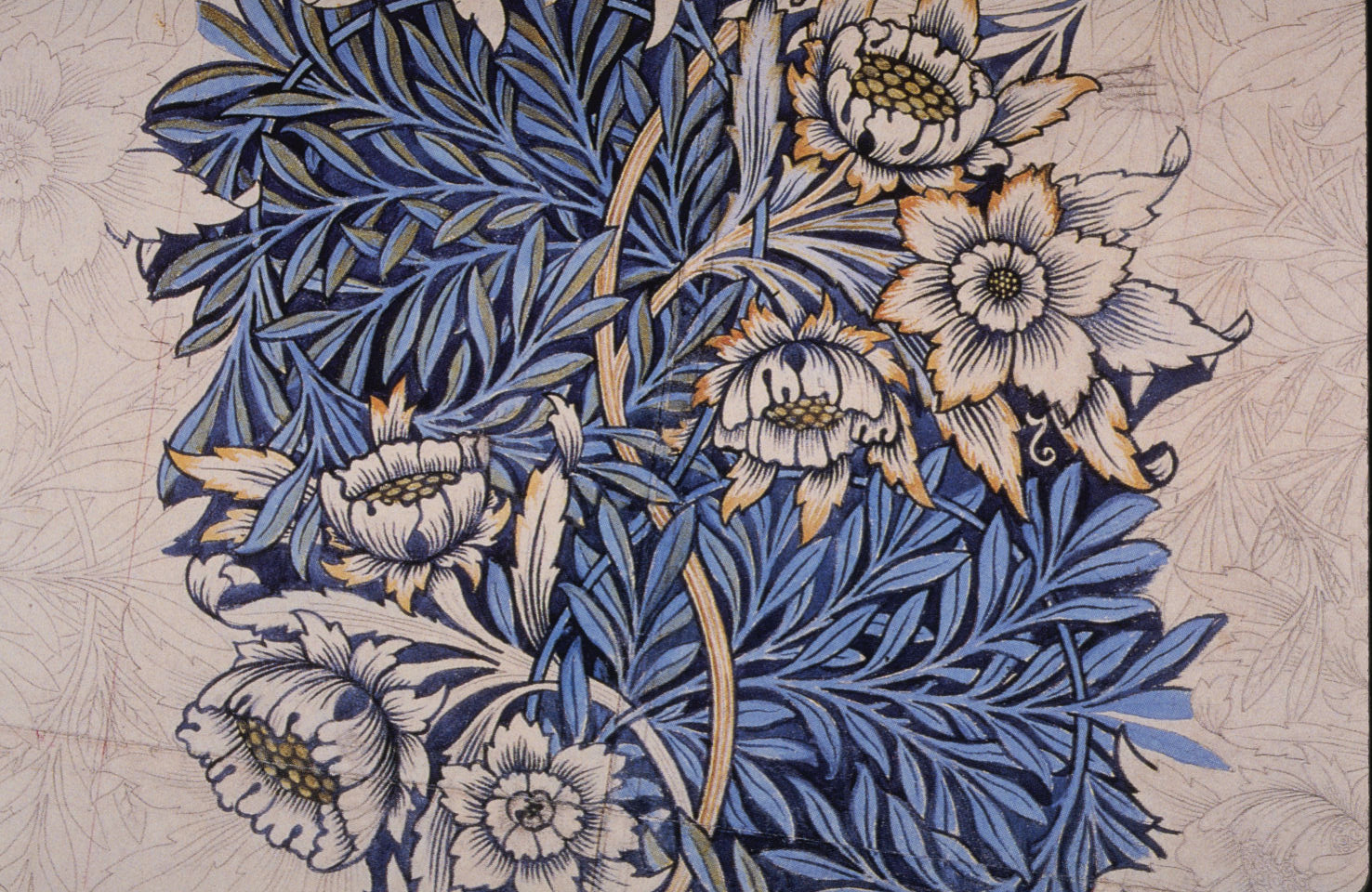 |
| Detail from a season ticket forThe Arts & Crafts Exhibition Society. |
No, this has nothing to do with the arts and crafts you did in school as a kid, no tutorials on how to make a toilet paper roll kaleidoscope here. In this post I will be discussing the Arts and Crafts Movement, which is one of the most influential design movements in the history of design. This is because it changed the people's attitude towards quality.
Before this movement, people didn't care about quality, mainly because they didn't need to, for them it was simple, if you were rich you could afford things that were well made and did not break as easily and if you weren't rich well you bought what you could afford and that was that, if it broke you tried to make do without it.
Inspired by the revival of the Gothic style which preceded it, it was a prominent movement in the late Victorian and Edwardian eras in England (1860-1910). The founders sought to create a commercial revolution against the Industrial Revolution and its cheaply made products (ironic).
Let's make something clear: They were not against industrialisation. On the contrary, they thought it a great improvement in the history of mankind, what they were against was the shoddy wares and over ornamentation that the majority ( it wouldn't be fair to say all) of the manufacturers were releasing out into the shops and, eventually, the homes of the public.
In France, floral motifs were fashionable at the time but the British manufacturers wanted to be able to compete commercially and substituted the these technically difficult patterns in favour of more geometric work. Not only this, but in buildings, architects were turning to historicism to hide the ugliness of the machine itself from immediate view. William Morris, the founder of this movement, believed that design should inspire itself from nature. He also wanted to integrate craftsmanship and industrialisation together, something that would later inspire the Bauhaus members as well.
 |
| William Morris (24th March, 1834 - 3rd October, 1896, aged 62) |
"We do no reject the machine, we welcome it. But we desire to see it mastered" - William Morris
The movement started almost coincidentally. John Ruskin, a great influence to the movement, was the first Art Professor at Oxford, where William Morris was attending school in order to follow his dream of going into the church, however he was inspired by Ruskin's love of everything Gothic and his friend Edward Burne-Jones' similar love and went on to study architecture. Through Burne-Jones he became associated with the Pre-Raphaelite brotherhood whose ideals were similar to those of the Pre-Raphaelite Renaissance, to capture the beauty of nature.
After he got married, he commissioned Phillip Webb to design a house for him, the result being Red House in Bexleyheath near London. Like most people, Morris had a picture of what he wanted the interior of his house to look like and when he couldn't find what he was looking for among all the industrially manufactured wares, he and his friends set out to create the perfect interior for Morris. They spent about 2 years decorating his home, and when they were done in about 1859, they decided that people deserved the same quality which Morris and his friends were enjoying through their creations.
A year later, William Morris co-founded Morris, Marshall, Faulkner and Co., a company that was dedicated to the ideals of the Arts and Crafts movement. Morris' dream was to someday integrate craftsmanship and industry in order for people to start getting quality made products at industrially cheap prices. Unfortunately by the time he had not realized this dream, indeed it take a while yet for his dream to be realized by the Bauhaus movement from 1919-1933.
References:
N/A, (1874), William Morris [ONLINE]. Available at:
http://www.friendsofthewmg.org.uk/wp-content/uploads/2009/07/image0012.jpg [Accessed 30 October 13].











.jpg)
